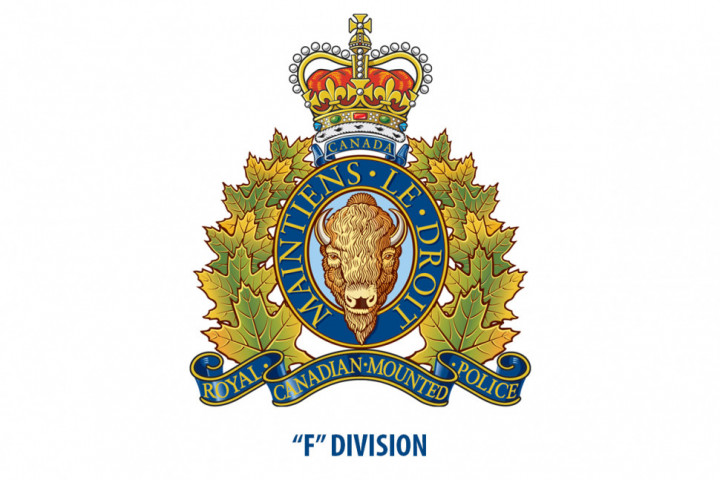Saskatchewan RCMP is aware of the Statistics Canada report, Firearms and violent crime in Canada, 2021, released on December 12, 2022. The trends noted within it are not surprising to us. Saskatchewan RCMP statistics have confirmed the same and we want to describe the impact of firearm-related crime in northern Saskatchewan.
In the past five years, the number of incidents of firearm-related violent offences in Saskatchewan RCMP jurisdiction has increased by 43% (from 440 in 2017 to 627 in 2021). Most of this increase occurred in Northern Saskatchewan, which experienced an 75% increase (from 219 incidents in 2017 to 384 incidents in 2021).
As the provincial police service, it's our duty to focus on the people behind these numbers. Each one of the incidents outlined above had at least one victim impacted by violence and trauma.
"Statistics tell part of the story. But only our Saskatchewan RCMP officers and the communities they serve experience the vivid and alarming truth of how firearm-related violence impacts northern and west-central Saskatchewan," says C/Supt. Ted Munro, Saskatchewan RCMP's Criminal Operations Officer. "Our communities can tell you about the fear that firearms and gang violence create. Our police officers will tell you they are seizing more dangerous firearms – including handguns and disturbingly, many sawed-off long guns. These concealable weapons, particularly the illegally-modified ones that could malfunction, present extra risk to our communities and police officers."
In 2021, Saskatchewan RCMP removed a total of 1,377 dangerous firearms from our communities during the course of our investigations. As of yesterday, there have been 1,395 firearms removed so far this year. The majority of these firearms are non-restricted rifles (66% of the firearms seized in 2021) followed by non-restricted shotguns (22%).
Saskatchewan RCMP's first priority is the safety and security of the people we serve. Firearms-related calls for service are the most serious we respond to because they pose an immediate threat to public safety and are often unpredictable. They are prioritized above non-violent crime like mischiefs or minor thefts. We quickly shift our priorities to respond to these incidents and we thoroughly investigate them.
Our frontline detachment officers are often the first to arrive on scene, but when there is a serious firearm incident, as Saskatchewan's provincial police service, we have many other highly-specialized and trained police officers who will assist in the minutes, hours and days to come. This includes neighbouring detachments, our Critical Incident Response Team, Major Crimes, General Investigation Sections, Forensic Identification Services and too many more to mention. Furthermore, we have specialized investigative units like the Saskatchewan Enforcement Response Teams whose mandate is to target organized criminality, including those who choose to introduce illegal firearms into our communities.
"Saskatchewan RCMP officers do amazing work each and every day, in every corner of this province. We've had many successes removing illegally-possessed, dangerous firearms from the streets – and charging those who choose to use and illegally traffic them. Just this week, for instance, Creighton RCMP seized five rifles and two handguns from a residence," says C/Supt. Munro. "But I will be honest – we could do more. The firearm-related danger and investigational complexities have increased in Saskatchewan. Our resources have not. The increase in firearm-related violence is stretching our resources – it means we often have to reprioritize our response to non-violent crime. It means our officers carry an unreasonable workload and endure long hours – risking their well-being.
"Sometimes we feel like we are putting out fires, but it is challenging to address the source of ignition at the same time. With more staff and police officers, we would be more proactive rather than reactive. We would be more visible in communities. We could do true community policing: working more with youth, providing more crime prevention programming, and liaising more often with community leaders and partners to work together to address the societal realities that lead to firearms-related violence."
